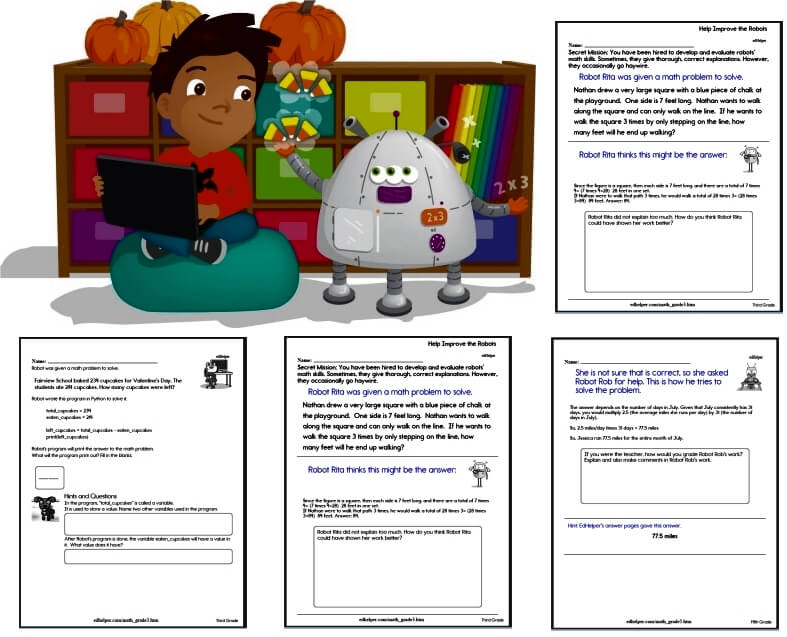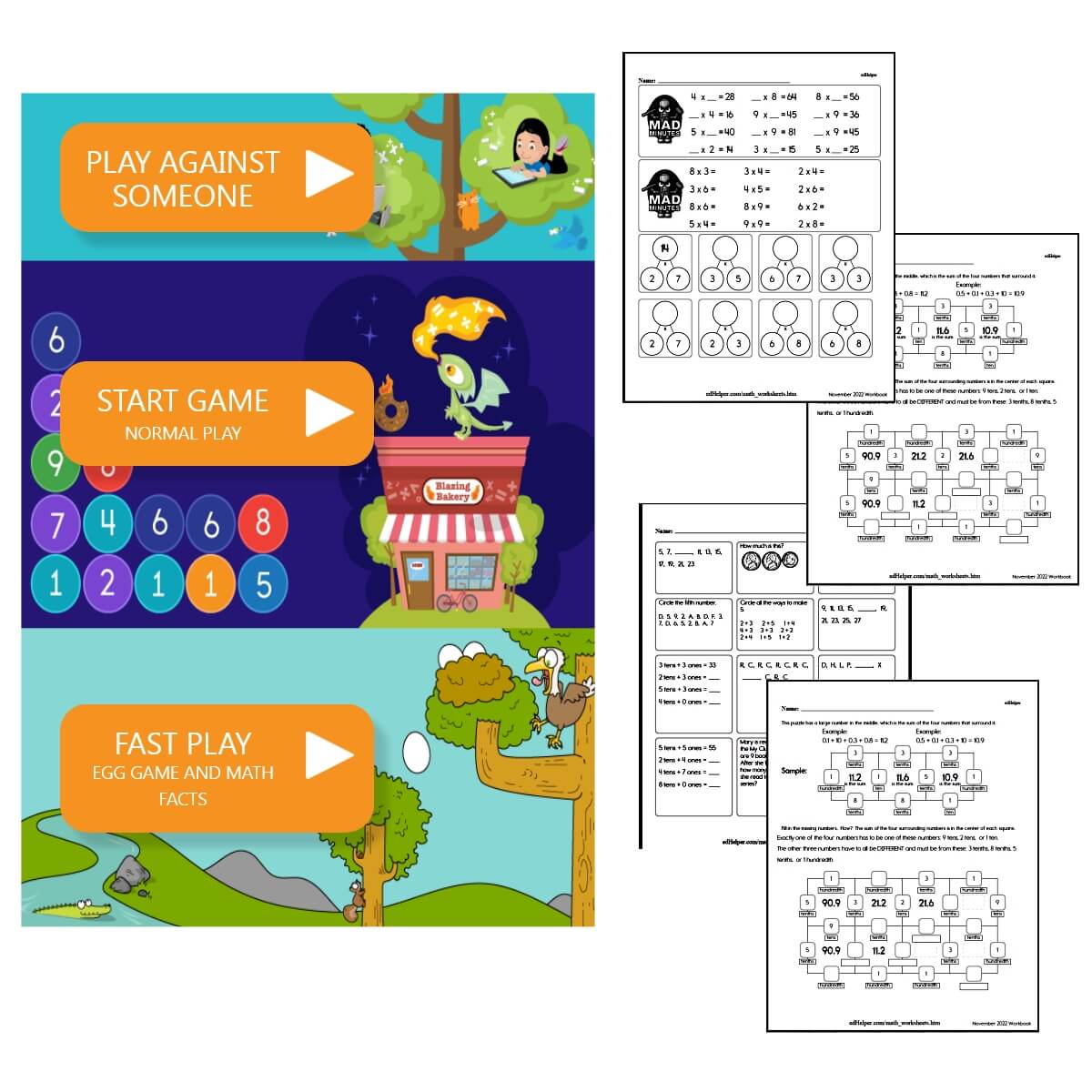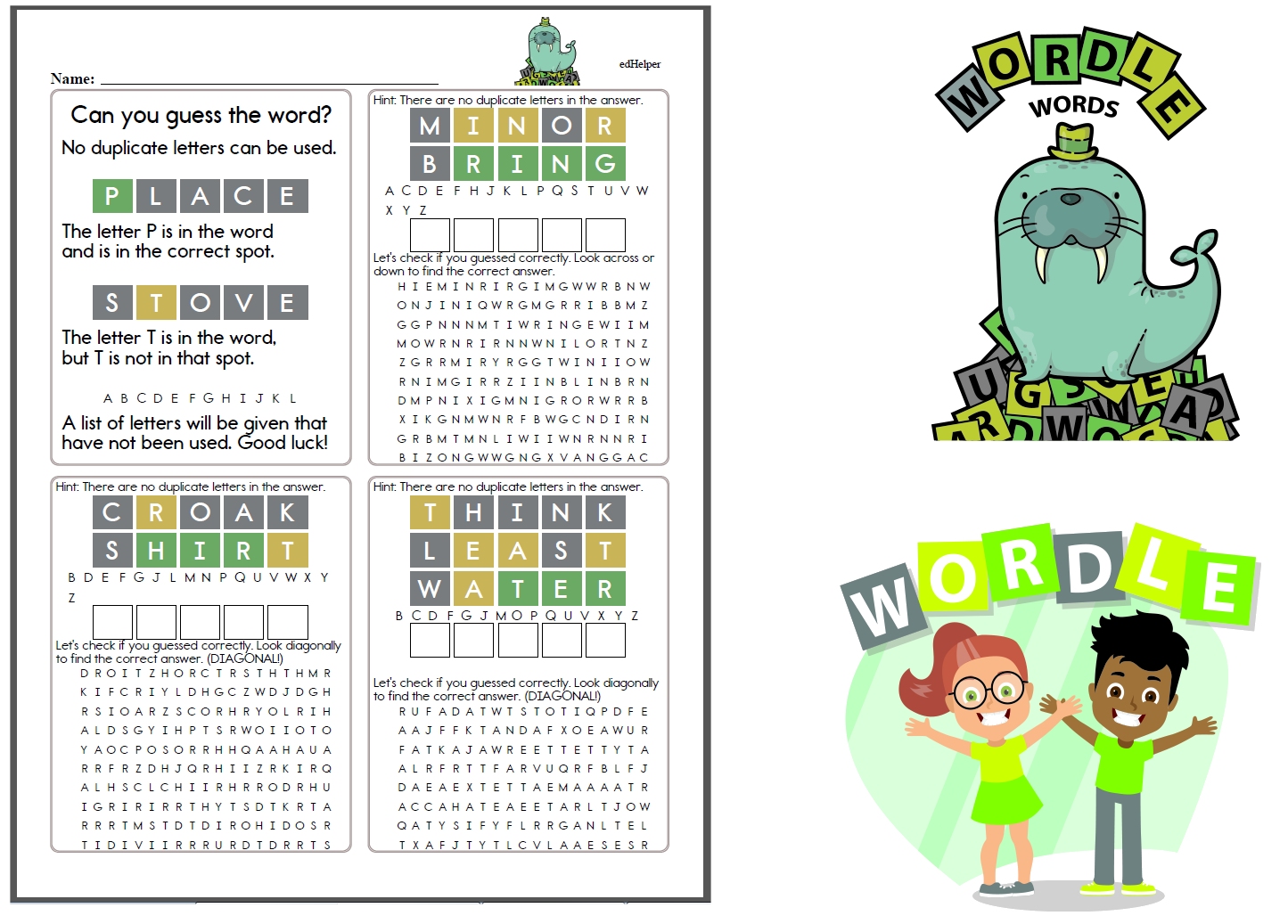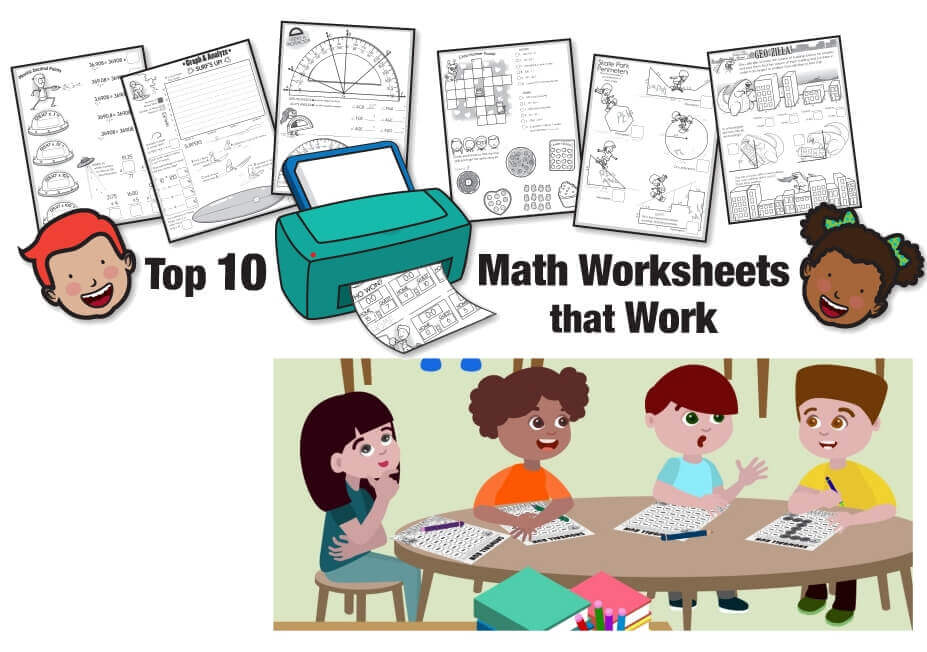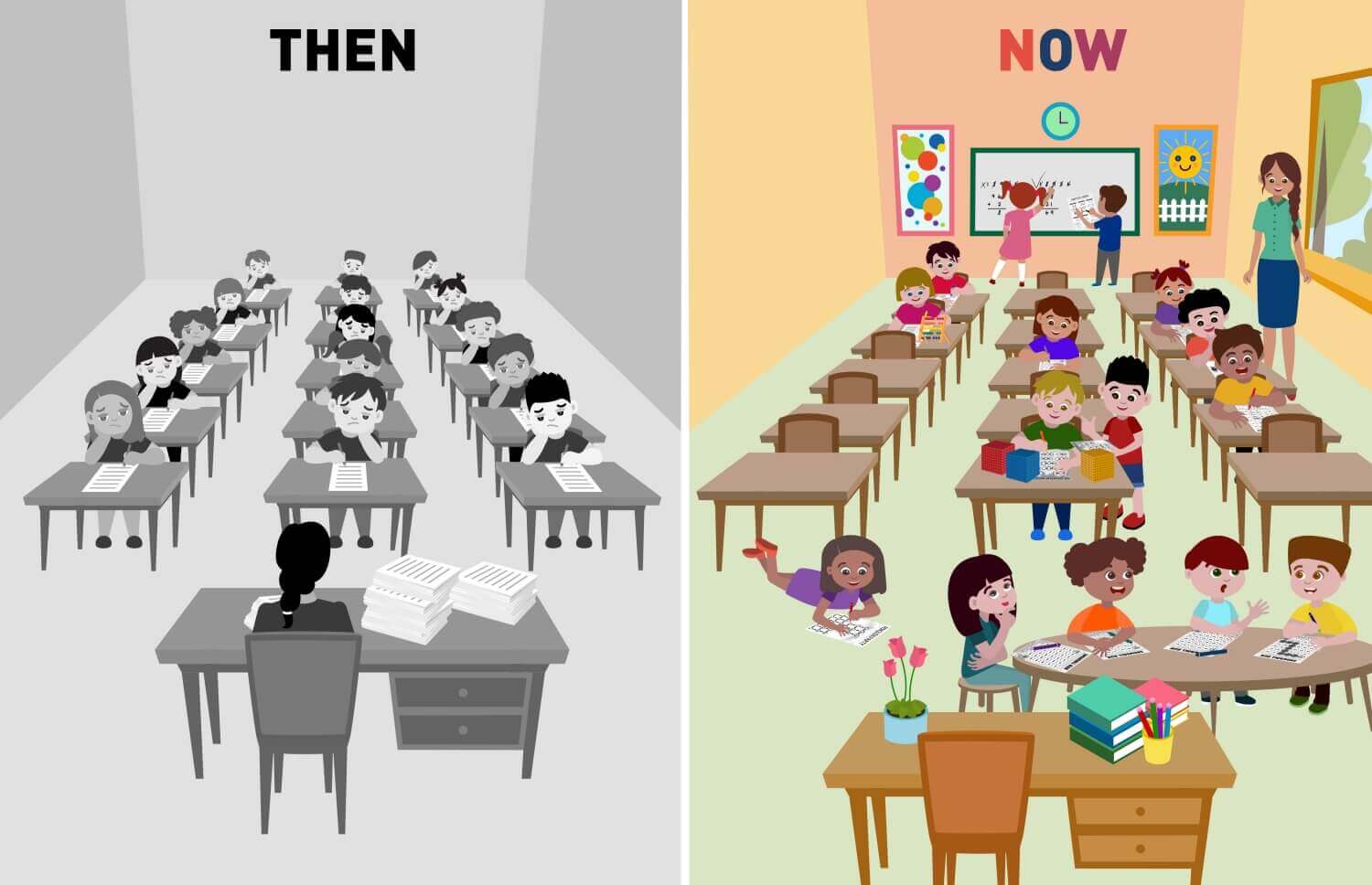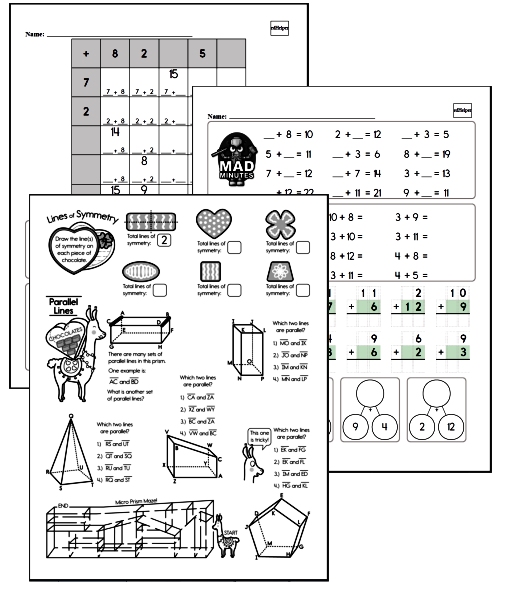Better Parent-Teacher Communication
By: edHelper Staff
Updated: Oct 21, 2022
There's a lot you have to do as an educator. Between lesson planning, correcting student work, and actually teaching, keeping the lines of communication open with parents can feel like one more thing you have to add to your already very long to-do list.
But you can't just not communicate with parents. Parental involvement in a child's education is associated with greater academic performance. You can't keep everything in the classroom, either. There are going to be times when you will have to communicate with a parent about their child's behavior or academic performance. It would help if you learned how to partner with parents for student success.
That doesn't mean you have to spend all of your spare time making phone calls and sending out emails to students' families! There are things you can do to communicate with parents as pleasantly and hassle-free-for both parents and teachers-as possible.

Clarify Contact Preferences With Each Parent
There are going to be times throughout the year when it's important to contact a parent directly. You want to make sure your message is received, which means getting ahold of parents differently according to their preferences.
Ask each parent which method of communication they prefer. Then, add their response to a form you can reference when the time comes. That way, you know which parents prefer a quick text, which prefer a phone call, and which like emails the best.
That doesn't mean you have to send classroom messages a million different ways to cater to parent preferences. That would be a nightmare! How you send classroom communication should be different than how you get ahold of parents directly.
Pick a method that is easiest for you. Then, make sure parents know how you will be sending out classroom-wide newsletters and information. That way, they know to check their email or their child's backpack for a flyer.
What about parents who want to get a hold of you? You deserve to have contact preferences too! Feel free to share those with parents. Let them know if you prefer to get an email or a quick text message.
That doesn't mean you won't return phone calls. It just means you might be slower with some methods of communication than others.
Honor Communication Styles
Not only should you honor contact preferences, but you should also honor communication styles.
Some parents just aren't that interested in constant communication with their child's teacher. It could be because they are busy with work or other children. It could also be that they trust you, as their child's teacher, to do what's best for their child. Don't take it personally if some parents don't return your calls or email you back for days at a time. Unless it's an emergency, in which case you can involve administration, it's nothing to lose sleep about.
The opposite can also be the case. You may have parents who want to check in about their child on an almost daily basis. Instead of texting endlessly or talking on the phone almost every day, consider sending their child home with a progress chart or a note each day. That way, parents get the updates they want, and you can update them in a way that's convenient for you.
Contact Parents About Good News Too
Life is busy. It's busy in the classroom, and it's busy at home. It's easy for teachers to fall into the habit of not contacting parents at all until there's a reason. That reason is usually something bad.
It's important to get a hold of parents if their student isn't completing classwork like they're supposed to or they're having trouble with peer relationships, but only calling parents with negative news is a recipe for disaster. It won't take long for parents to dread every time they see the school's number on their caller ID or a teacher's email in their inbox.
Set a goal to get a hold of parents for positive reasons. Start small with a single call once a week, or try and say something positive to a parent once a day, even if it's just a quick note you give to your student to take home.
Parents will feel like you really care about their child and that you see the best in them. If you do have to call for a less positive reason, they will be more likely to listen to what you have to say and work with you to resolve the issue. Not to mention, it gives you the chance to have positive interactions with parents so you don't always feel like you're the bearer of bad news!
Start a Newsletter
Maintaining communication with multiple parents throughout the school year can feel overwhelming. Don't feel like you have to reach out to individual parents via text, email, or phone all the time. You can keep parents in the loop by sending out a newsletter.
This newsletter can be a physical flyer that you send home once a month with your students, or it can be in the form of a blog that parents can check online. Some teachers prefer using social media, which means you can create short posts on Instagram or TikTok when it's convenient for you.
Include the topics your students are studying in class, share student accomplishments, and update parents on important dates that are coming up. It's a great way for parents to feel involved in their child's education without having to reach out to individual families every day.
Just make sure you respect family privacy. For example, you will probably want to avoid posting pictures of students on social media or in blog articles. Instead, upload pictures of student work, pictures of the books students are reading, or take pictures of busy hands working.
Use an App
Another way to stay in contact with parents is through the use of apps. It's a convenient way to share information that parents can check when it's convenient for them. Just keep in mind that some parents may not be comfortable using an app, so it's important not to make it your sole method of communication.
There are a lot of teacher-friendly apps to choose from! Just a few options include:
- Seesaw: The Seesaw app enables students to reflect, create, and share in a variety of ways. They can upload videos, drawings, links, and more. Families can log in and see what their students are up to when it's convenient for them.
- ClassDojo: With the ClassDojo app, teachers can document a day in their classroom by sharing videos, pictures, and more. Parents can check in with their students in real-time via any web browser.
- Remind: Teachers can keep families up-to-date with what's happening in the classroom with the Remind app. You can keep parents updated about upcoming assignment due dates, and you can send messages back and forth among the entire class, sub-groups, and individuals.
Invite Parents Into the Classroom
Parental involvement has been shown to positively impact student learning, and the deeper their involvement, the greater the impact. One of the best ways to get them involved and bolster communication at the same time is to invite parents into the classroom.
Host family fun nights. There are a ton of ideas, like doing a toy swap, hosting a game of bingo, or opening a gallery of student artwork.
If it's okay with the administration in your building, consider marking days on your calendar when parents and other family members can come into the classroom and participate with their child during the school day. It's a fun way for families to see what their children are up to at school!
You could allow family members to pick up their children in your classroom at the end of the day. You could also consider walking outside with your class at the end of the day so you can talk to parents before they head home.
All of these ideas allow you to have spontaneous conversations with parents about their children. You may also find that parents who are hesitant about reaching out about a concern they have are more likely to open up when they can talk to you in person.
You do not have to do everything on this list in order to experience better communication with your students' parents. Instead, use this list as a bank of ideas you can pull from at any point in the year to make talking to family members easier. When you take the time to find out what works for you and the parents of the students in your class, you'll better support your students' learning, and you'll find that you are less likely to dread having to reach out to parents when the time comes.


